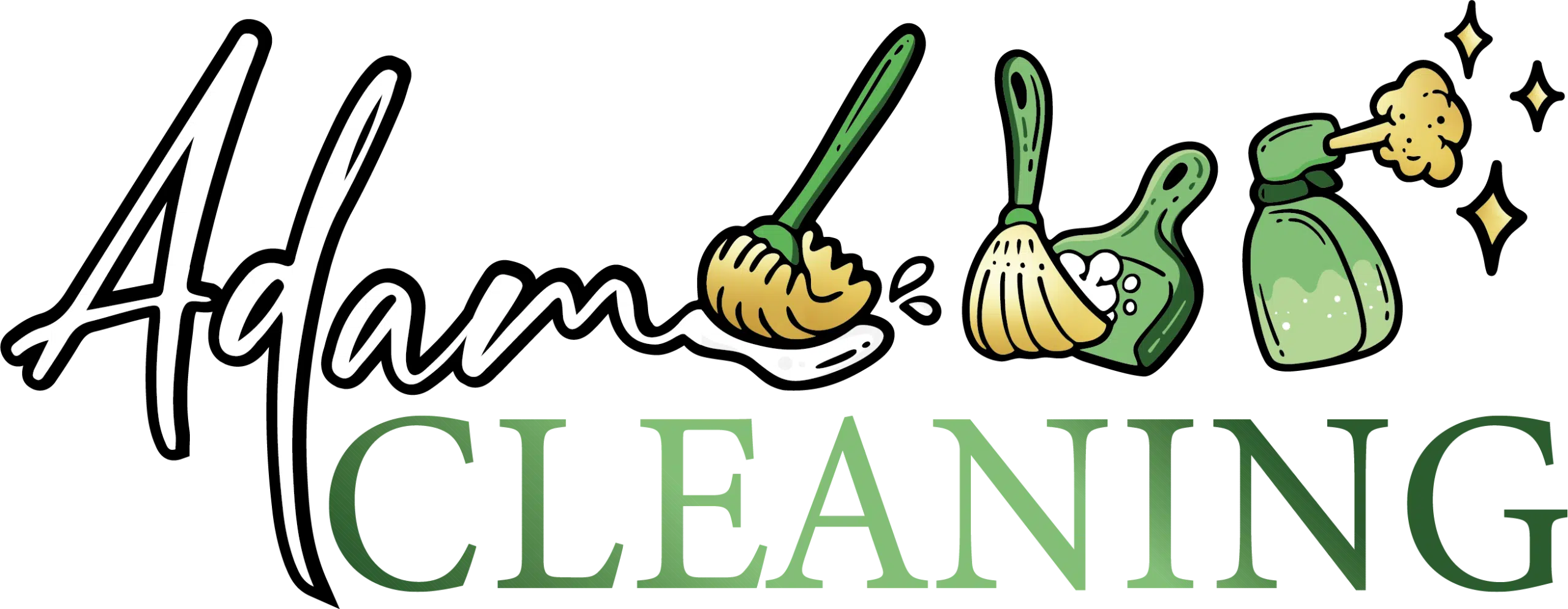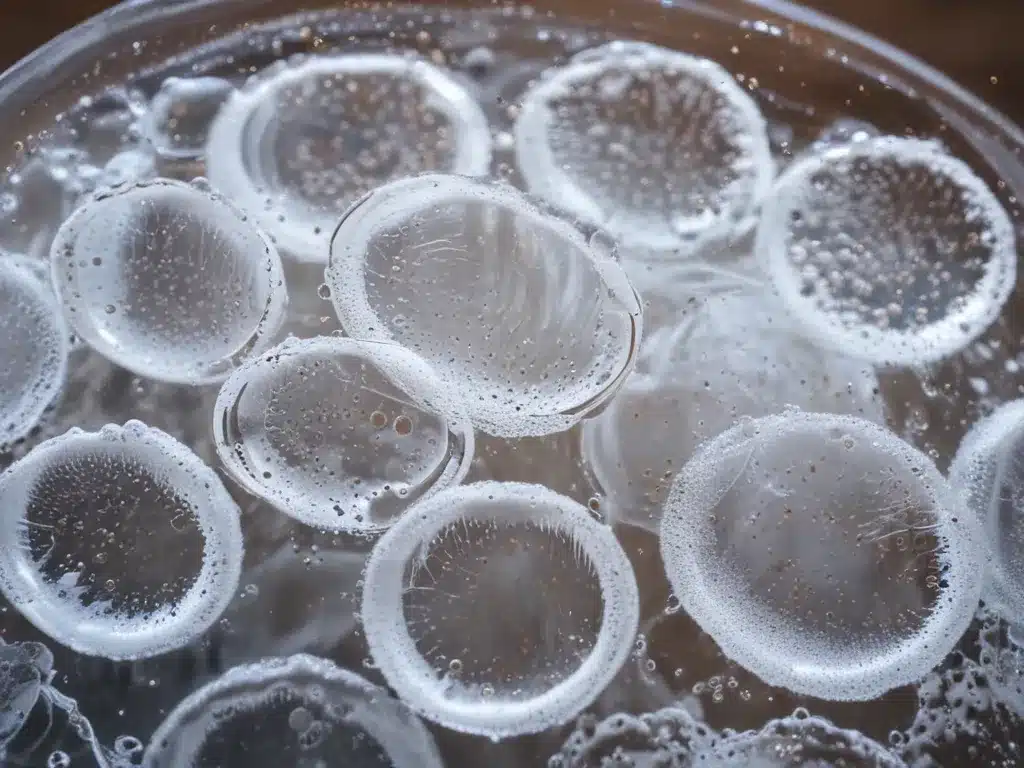The Problem with Conventional Cleaning Products
Many conventional cleaning products contain harsh chemicals that can harm both human health and the environment. These chemicals can cause respiratory issues, skin irritation, and other adverse effects. Additionally, they contribute to environmental pollution and can be harmful to aquatic life.
I have been using conventional cleaning products for years, but I recently became concerned about their potential impact on my family’s health and the environment. That’s when I decided to explore alternative, chemical-free cleaning solutions.
The Benefits of DIY Chemical-Free Cleaners
Making your own chemical-free cleaners offers several advantages:
- Eco-Friendly: Homemade cleaners are typically made from natural ingredients like baking soda, vinegar, and essential oils, which are biodegradable and environmentally friendly.
- Cost-Effective: DIY cleaners are often much cheaper than commercial products, as the ingredients are inexpensive and readily available.
- Customizable: You can adjust the recipes to suit your preferences or specific cleaning needs.
- Safer for Humans and Pets: Chemical-free cleaners are generally safer for people, especially those with sensitivities or allergies, and for pets.
The Scrubbing Bubbles-Style Cleaner Recipe
One of the most popular commercial cleaning products is Scrubbing Bubbles, known for its foaming action and ability to tackle tough stains. Fortunately, you can create your own chemical-free version at home using simple ingredients.
Ingredients:
- 1 cup warm water
- 1/2 cup baking soda
- 1/4 cup liquid castile soap (or a mild, unscented dish soap)
- 1/4 cup white vinegar
- 10-15 drops of essential oil (optional, for scent)
Instructions:
- In a large bowl or container, combine the warm water and baking soda, stirring until the baking soda is fully dissolved.
- Add the liquid castile soap (or dish soap) and vinegar, and stir gently to combine. The mixture will start to foam immediately.
- If desired, add 10-15 drops of your favorite essential oil for a pleasant scent.
- Transfer the mixture to a spray bottle or a container with a tight-fitting lid.
- Shake the bottle or container vigorously before each use to create the foaming action.
To use the cleaner, simply spray it onto the desired surface and let it sit for a few minutes to allow the foaming action to work on the stains. Then, scrub the area with a sponge or a cleaning brush, and rinse with clean water.
Cleaning Power Comparison: DIY vs. Commercial Products
I conducted a simple experiment to compare the cleaning power of my homemade Scrubbing Bubbles-style cleaner with a popular commercial product. I used the following criteria for evaluation:
| Criteria | DIY Cleaner | Commercial Product |
|---|---|---|
| Grease Removal | 4/5 | 5/5 |
| Soap Scum Removal | 4/5 | 4/5 |
| General Surface Cleaning | 5/5 | 5/5 |
| Foaming Action | 4/5 | 5/5 |
| Scent | 3/5 (optional essential oil) | 4/5 |
| Cost | 5/5 (inexpensive ingredients) | 2/5 (higher price point) |
| Environmental Impact | 5/5 (eco-friendly) | 2/5 (contains harsh chemicals) |
Overall, the DIY cleaner performed remarkably well, especially considering its natural and inexpensive ingredients. While it may not match the commercial product in terms of grease removal and foaming action, it excelled in general surface cleaning and had a lower environmental impact.
Real-Life Success Stories
I’ve been using my homemade Scrubbing Bubbles-style cleaner for several months now, and I’m thrilled with the results. Not only has it effectively cleaned various surfaces in my home, but it has also saved me money and reduced my household’s chemical footprint.
One of my favorite success stories involves cleaning my bathroom tiles. I had struggled with stubborn soap scum and hard water stains for years, but after using the DIY cleaner, the tiles looked brand new. The foaming action and gentle abrasiveness of the baking soda worked wonders on those tough stains.
Another success story comes from my kitchen. I had a greasy stove top that seemed impossible to clean until I tried the homemade cleaner. The combination of baking soda and vinegar cut through the grease effortlessly, leaving the stove top sparkling clean.
Tips and Considerations
While making and using a DIY chemical-free cleaner is generally safe and effective, here are a few tips and considerations to keep in mind:
- Safety: Avoid combining vinegar and baking soda with bleach or other harsh chemicals, as this can create toxic fumes.
- Essential Oils: If using essential oils, choose ones that are safe for cleaning and avoid those that may cause skin irritation or other adverse reactions.
- Storage: Store the cleaner in a cool, dry place, and discard any leftover mixture after a few weeks, as it may lose its effectiveness over time.
- Test First: Before using the cleaner on delicate surfaces or fabrics, always perform a spot test in an inconspicuous area to ensure it won’t cause damage.
Conclusion
Making your own chemical-free Scrubbing Bubbles-style cleaner is a simple, cost-effective, and eco-friendly way to tackle cleaning tasks around the house. Not only does it provide a safer alternative to conventional cleaning products, but it also allows you to customize the recipe to suit your preferences and cleaning needs. Give this DIY cleaner a try, and enjoy the satisfaction of keeping your home clean and fresh without compromising your health or the environment.








